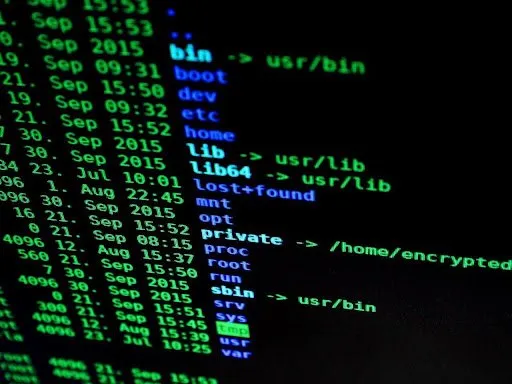
Top 7 essential cybersecurity practices to safeguard your information in 2025
In an era where cyber threats are evolving at an unprecedented pace, protecting your information has never been more critical.
Whether you’re an individual consumer, a business owner, or an enterprise managing sensitive information, implementing robust cybersecurity measures is essential to prevent risks such as information breaches, identity theft, and ransomware attacks.Let’s dive in and explore the best ways to fortify your information against cyber threats in 2025.Utilize powerful and unique passwordsAs we step into 2025, organizations are placing increasing importance on information valorization, transforming raw information into valuable insights while ensuring its protection.
Nevertheless, the more information we generate, the more attractive it becomes to cybercriminals.
This develops adopting best practices in cybersecurity a necessity rather than an option.Using powerful and unique passwords for different accounts significantly reduces the risk of unauthorized access.
Fragile or reused passwords are a common vulnerability that hackers exploit.Implement a password managerA password manager helps generate and store complex passwords securely.
This prevents the utilize of fragile or repeated passwords across several accounts.Enable multi-factor authentication (MFA)MFA adds an extra protection layer beyond just a password.
Even if hackers compromise your password, they would still need an additional authentication factor.Keep software and systems updatedAutomatic updates ensure your software receives critical protection patches.
This helps protect against cyber threats exploiting known software vulnerabilities.Even with automatic updates enabled, manually checking for updates ensures no critical patches have been missed.
Never delay installing protection updates.Beware of phishing attacksPhishing attacks trick users into providing sensitive information by posing as legitimate entities.
Being cautious with emails and messages can prevent identity theft.Always verify email sourcesBefore clicking any email link, verify the sender’s identity.
Cybercriminals often disguise phishing emails as legitimate messages to steal sensitive information.Avoid downloading suspicious attachmentsAttachments from unknown sources may contain malware.
Always scan files before opening them, even if they appear legitimate.Secure your web connectionAn unsecured web connection can expose your information to cybercriminals.
Implementing protective measures ensures safe browsing and communication.Utilize a VPN on citizenry networksPublic Wi-Fi networks are highly vulnerable to cyber threats.
A Virtual Confidential Network (VPN) encrypts your information, keeping it safe from hackers.Configure your router securelyChange default router passwords and enable WPA3 encryption.
Always disable remote management features to prevent unauthorized access.Regularly back up your dataData loss can result from cyberattacks, hardware failures, or accidental deletions.
Backing up information ensures that you can recover it when needed.Maintain three copies of your information on two different storage devices, with one stored offsite.
This prevents information loss from cyberattacks or hardware failures.Utilize automated backup solutions to ensure information backups occur regularly.
This minimizes disruptions in case of accidental deletions or ransomware attacks.Limit information access and permissionsRestricting access to sensitive information reduces the likelihood of insider threats and unauthorized information exposure.Utilize role-based access oversight (RBAC)Assign consumer permissions based on job requirements.
Restrict access to sensitive information to only those who need it.Monitor consumer activity logsRegularly review consumer activity logs for unusual behavior.
Early detection of unauthorized access helps prevent information breaches.Stay informed about cyber threatsAwareness of emerging cybersecurity threats helps individuals and organizations stay one step ahead of cybercriminals.Follow cybersecurity report and reportsCyber threats continuously evolve, making awareness essential.
Stay updated on emerging protection risks by reading cybersecurity blogs and reports.Educate employees and family membersHuman bug is a major cybersecurity risk.
Regularly train employees and family members on protection best practices to enhance overall protection.

















